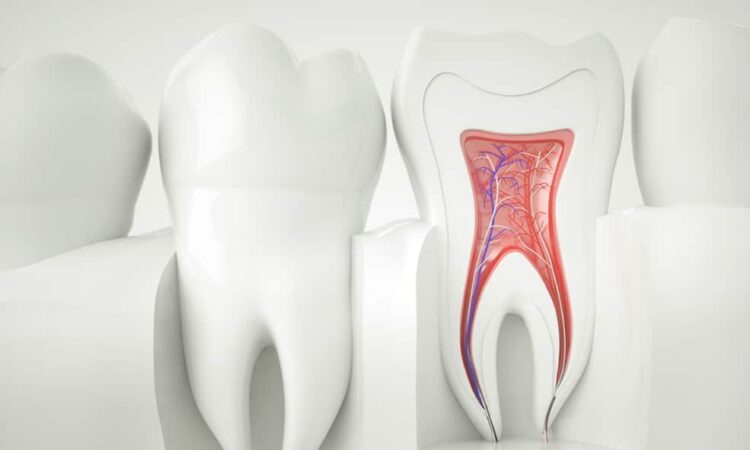
If you undergo a root canal treatment, it is possible that months or years later, you may find yourself dealing with a recurring issue. The removal of a nerve may not always heal as your doctor anticipated. The discomfort you feel after a root canal treatment may make you go for Brooklyn endodontic re-treatment.
Signs you need endodontic re-treatment.
One of the leading signs that may indicate the need for root canal re-treatment is pain. You may also find yourself sensitive to cold or hot liquids and food.
The gum area affected by the problem may also swell.
Why your tooth may not have healed
Treatment of a root canal has a success rate of about 90 to 95 percent and can last a lifetime if there is proper care.
Sometimes, though, the treatment may fail because of:
- A new infection resulting from the damaging of the crown, decay, or exposure of the tooth to bacteria attack
- The failure of the procedure to stop saliva contamination
- Tooth fracture or crack
- Failure to detect problematic root canals during the initial procedure
- Your dentist failed to detect complications in root anatomy at the beginning
- Delay in restoration, such as crown placement
The options for endodontic re-treatment
When you initially go for a root canal treatment, one standard procedure that your dentist may recommend is tooth removal. And now that you require re-treatment because of pain, your endodontist may suggest surgery, known as an apicoectomy.
With endodontic surgery, the tip of the root of your tooth is removed surgically to eradicate the part infected.
Your dentist may also propose a root extraction from a root end surgery. A dental device or implant is relied upon for replacing the tooth extracted.
The performance of endodontic re-treatment
Carrying out the procedure starts with the endodontist removing the filling or crown. That is important to allow access to the root filling material. Then, the endodontist cleans all of your canals.
It is possible to examine abnormal anatomy, additional canals, and existing infections demanding treatment.
Once there are no infections and the canals are clean and reshaped, an endodontist carries out refilling or restoration. Nonetheless, if the canals are abnormally impenetrable or narrow, your dentist may suggest surgery for accessing and sealing a root tip portion. Lastly, the tooth receives temporary filling placement.
What to expect during recovery
Your dentist will supply you with instructions to follow after an endodontic procedure. If you go for surgery, the recovery may take a little longer, and avoid brushing or eating ice or hard foods.
After treatment, you may experience tooth sensitivity for a few days, especially if dealing with an infection and pain. Your doctor can recommend medications to relieve pain and minimize your discomfort.
Your endodontist will monitor treatment progress. Expect any swelling to decrease within a few weeks. And get a filling or crown done is necessary for tooth protection.
Modern dental treatment techniques are painless and can assist you in keeping teeth healthy and functional for the rest of your lifetime. Book your appointment with Brooklyn City Dental today to get endodontic re-treatment.

